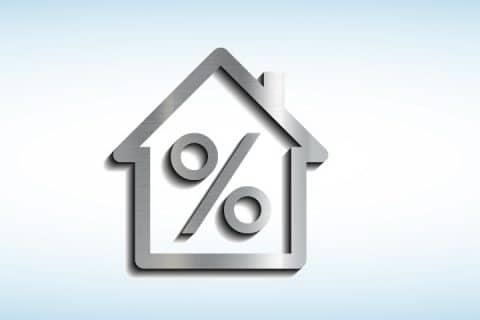Indian real estate has reflected resilience against the tide in times due to the unprecedented Covid-19. The virus outbreak underlined the worth of owning a home primarily because of safety and security reasons. Over the last few months, real estate has been on the top of the mind for the consumers; be it end-users or investors looking out safe bet options to park funds. Though the fiscal stimulus and policy interventions by Government and RBI have provided the impetus to the ailing real estate sector, it is renewed consumer demand that has come to its salvage.
Consumer demand has undergone a radical shift over the last few months. The new set of preferences has surfaced, which has pushed the planning and designing back to the drawing board.
The consumer choices are evolving dynamically in terms of the preferred amenities and facilities. Innovative measures are being adopted following physical distancing norms by designing efficient home layouts, sanitisation that meets hygiene and wellness protocols.
High demand for spacious homes
The market is witnessing a surge in demand for spacious homes that offer flexible space to indulge in an individual choice of activities supplemented with smart modular furniture, ample open space, and good ventilation that befits the new normal routine of work\ study\ wellness\fitness at home culture.
There has been a demand to set up a business centre within the residential cluster that offers a walk-to-work environment.
Safety: An important factor
Change in consumer demand is largely about ensuring aspects that spell ‘safety’ in everything. Here’s how amenities are changing:
- Security amenities: Security station at building entrance, temperature monitoring, geo check-in for visitors, markers on ground surfaces to ensure social distancing norms are followed at checkpoints.
- Healthcare amenities: Foot press pedal for sanitiser, footwear spray machine, foot pedal door opener (instead of using door handles), automatic door opener mechanism with motion sensor are the examples of hygiene oriented facilities to be incorporated at multiple touchpoints.
- Technology measures: Smart home facilities with reliable and hyper scalable internet connectivity on fibre, wireless-enabled homes, IoT-based device management, lighting management, curtain controls, automation based on mobile phones, voice-based (Google Home, Alexa ), automated parking management system, electric vehicle charging system, etc are new futuristic choices.
Consumer demand is riding on the back of favourable market conditions like historic low-interest rate, lower stamp duty, festive offers, and flexible payment schemes. Ready-to-move-in properties are gaining an edge over under-construction as time is right to buy or invest in real estate.
Real estate to rebound exponentially
As the values of other investment instruments have blown away due to volatility, real estate emerged as a safe bet option. Indian real estate has undergone a system reboot after tsunami hits of RERA, IBC, and GST that had lasting rippling effects. But, as we see economic resilience and growth projector turning to an optimistic zone, Indian real estate is set to rebound exponentially with housing for all being the new normal.
Addressing the challenges
The beleaguered real estate sector faces challenges in terms of liquidity and labour, which needs acute attention from higher authorities. While overall economic booster dose augurs well with the recalibrated opening of the economy, the sector seeks specific measures aimed to resolve underlying challenges.
Regulatory authorities, including RERA and IBC, have given timeline in wake of pandemic events. In the scenario where real estate is rebooting after the series of lockdowns, it faces challenges of labour shortage, supply chain disruption as also sweeping changes in business practices and consumer trends.
- Timeline extension for the long gestation period will enable elbow room for quick recovery, while perhaps, suspending some regulatory aspects for a year would be a major help.
- The industry has been facing the liquidity crunch for the longest time. Here, Banks, NBFC, financial institutions and housing finance companies play a crucial role in ensuring easy credit supply at a lower cost to resuscitate the stalled projects.
- Availability of a stress fund to facilitate last-mile funding along with one-time debt rollover will go a long way in resurrecting a negative balance sheet and fast track the stalled projects. The enhanced credit flow will meet the working capital needs and set the ball rolling.
(The views expressed here are solely those of the author and do not necessarily represent or reflect the views of RoofandFloor)





